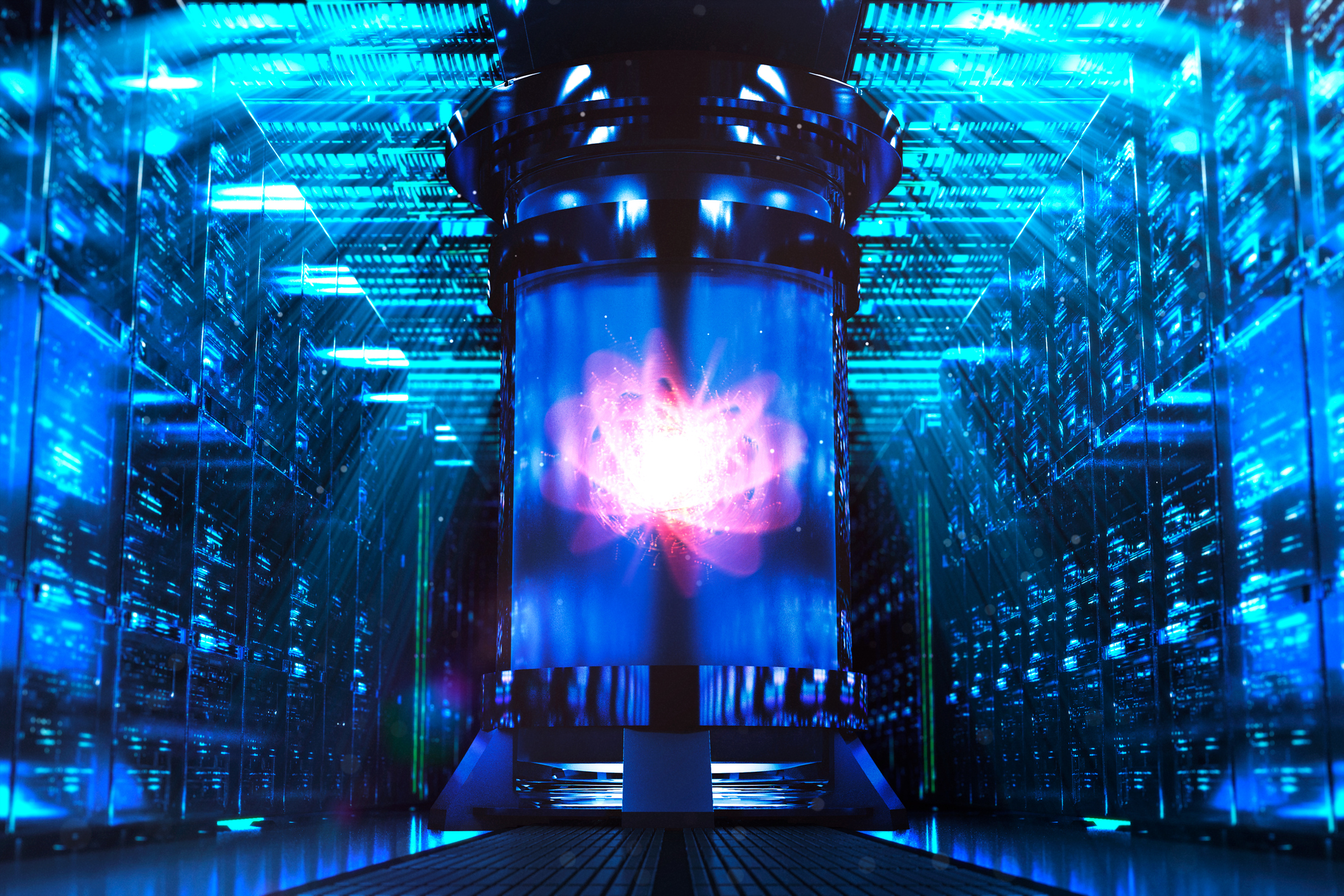AI’s energy demands: Can power keep up with innovation?
AI’s energy demands: Can power keep up with innovation?
One of my favorite sayings is “time is a non-renewable resource, use it wisely”. Not only as a reminder to be judicious in how you spend it, but also not to waste it. Turns out, despite being artificial, AI’s growth and path of impact may be bound by the same constraint.
AI is reshaping industries, promising faster processes and unparalleled efficiency. Underneath this great innovation also lies an emerging energy need. As companies like Microsoft and Amazon build hyperscale data centers to power AI models, electricity demand is rising.
Let’s break down the energy strain.
It’s estimated that a single hyperscale data center, housing an average of one million high-end graphic processor chips, is estimated to consume 1.5 gigawatts of energy. To put this in context, 1 gigawatt of energy is equivalent to the power of 100 million LED bulbs or 1.3 million horses. But the numbers get even more staggering with advanced AI chips.
For Nvidia’s Blackwell chips, each chip contains a cluster of eight GPUs and consumes 15 kilowatt hours per day—about half the power of an average U.S. household. Multiplying that by the 450,000 Blackwell chips expected to be deployed throughout this year, gets you to 6.3 gigawatts of energy needed to use these chips. This is more than the annual consumption of several small countries.
The Energy Information Administration (EIA) estimates that overall data center consumption across the U.S. could reach 35 gigawatts by 2030 (see chart).
On top of that, there’s the harder-to-quantify energy needed to power the devices fueling this AI-driven world—like our cellphones, tablets, and other connected devices.
Our current transmission capacity simply can’t handle this growing demand. This opens the door to potential increases in energy prices and reduced service reliability, as well as the search for a solution—like nuclear.
The nuclear solution? Nuclear power plants offer the highest capacity of any energy source, producing its maximum power more than 92% of the time—almost twice as reliable as natural gas and coal, and nearly three times more dependable than wind and solar. A nuclear plant, on average, produces about 1 gigawatt of power per year - though some were up to 3 gigawatts.
It’s no surprise big tech is increasingly turning to nuclear energy to address AI’s growing energy demands. For example, Constellation plans to reopen a reactor, ready in 2028, on the Susquehanna River and sell its electricity production to Microsoft for 20 years. While that’s enough to power nearly 800,000 homes, it’s just a drop in the bucket compared to what’s needed.
In fact, electric utility companies estimate that the U.S. will soon require the equivalent of 34 new full-size nuclear power plants over the next five years to meet the surging demand from AI.
All this means we can guess where the significant cash on US tech balance sheets may go. Many have announced ambitious plans to secure the power needed to run their AI technology:
Microsoft: Partnered with Constellation to purchase electricity from a reopened nuclear reactor on the Susquehanna River.
Amazon: Committed $334 million for nuclear reactors to be built at Hanford, showcasing a significant investment in securing reliable energy.
Google: Signed a corporate agreement with Kairos Power to purchase energy from multiple small modular reactors (SMRs). This deal could add up to 500 MW of 24/7 carbon-free power to U.S. electricity grids.
Meta: Issued a request for proposals (RFP) to identify nuclear energy developers, aiming to add 1-4 GW of new nuclear generation capacity in the U.S. by the early 2030s.
Apple: Made new investments in solar power across the U.S. and Europe to address electricity demands tied to their devices.
These companies have the financial resources to absorb the enormous energy costs required to power their AI ambitions. Together, these tech giants hold nearly $500 billion in cash, which provides the means to tackle the energy challenges that come with AI.
But there’s always a catch: energy infrastructure may not keep pace with their growth.
While nuclear energy offers unmatched reliability and sustainability, building or reopening reactors is no small feat. While nuclear energy offers unmatched reliability, it comes with significant hurdles:
Cost: The only new nuclear reactor built in the U.S. in the past 30 years cost over $30 billion, more than double what was budgeted.
Environmental and resourcing concerns: Issues with contamination and waste are still significant obstacles to long-term sustainability. In addition, US production of the necessary resource of uranium dropped off greatly in the 1980s and is now very reliant on imported uranium.
Time: Even with regulations easing, constructing and approving new nuclear plants is a slow process. Many firms aim to have new energy sources online by the early 2030s. The most recently built plants took an average of 6 years while history tells us that these timelines can be longer. As mentioned above, the most recent nuclear reactor built in the U.S., took 17 years to complete—way behind schedule—showcasing the unpredictability of these projects.
So safe to say, the power demand could delay AI’s potential. Even so, it’s a race. And yes, cash can buy many things. But when it comes to nuclear energy, time may be the ultimate constraint.
Sources: US Dept of Energy, U.S. EIA, Power Reactor Systems Database, unless otherwise noted.
